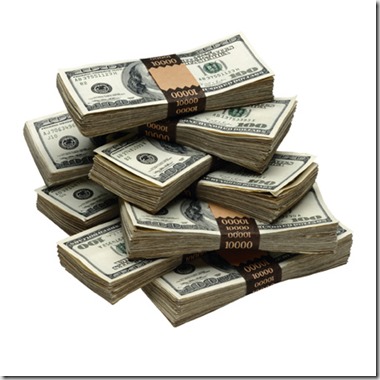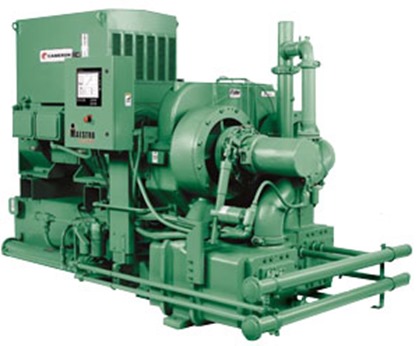Conservation Strategies for Compressed Air Systems
Identify easy to implement energy conservation opportunities in your compressed air system by conducting a walk-through assessment. Simple conservation opportunities can result in savings up to 25% of the current cost to run the compressed air system.
Leaks
Routinely check your system for leaks. A distribution system under 100 pounds-per-square-inch gauged (psig) of pressure, running 40 hours per week, with the equivalent of a quarter-inch diameter leak will lose compressed air at a rate of over 100 cfm costing over $2,800 per year. In noisy environments an ultrasonic detector may be needed to locate leaks.
Compressor pressure
The compressor must produce air at a pressure high enough to overcome pressure losses in the supply system and still meet the minimum operating pressure of the end use equipment. Pressure loss in a properly designed system will be less than 10% of the compressor’s discharge pressure found on a gage on the outlet of the compressor. If pressure loss is greater than 10%, evaluate your distribution system and identify areas causing excessive pressure drops. Every two PSI decrease in compressor pressure will reduce your operating costs 1.5%.
Identify artificial demands
Artificial demand is created when an end use is supplied air pressure higher than required for the application. If an application requires 50 psi but is supplied 90 psi, excess compressed air is used. Use pressure regulators at the end use to minimize artificial demand.
Inappropriate use of compressed air
Look for inappropriate uses of compressed air at your facility. Instead of using compressed air, use air conditioning or fans to cool electrical cabinets; use blowers to agitate, aspirate, cool, mix, and inflate packaging; and use low-pressure air for blow guns and air lances. Disconnect the compressed air source from unused equipment.
Heat recovery
As much as 80 to 90% of the electrical energy used by an air compressor is converted to heat. A properly designed heat recovery unit can recover 50 to 90% of this heat for heating air or water. Approximately 50,000 British thermal units (BTUs) per hour is available per 100 cfm of compressor capacity when running at full load. For example, consider a 100 hp compressor that generates 350 cfm at full load for 75% of the year. If 50% of heat loss is recovered to heat process water, the savings, at $0.50 per therm, would be about $4,100 per year in natural gas.
Inlet air filters
Maintain inlet air filters to prevent dirt from causing pressure drops by restricting the flow of air to the compressor. Retrofit the compressor with large-area air intake filters to help reduce pressure drop.
Compressor size
If your compressor is oversized add a smaller compressor and sequence-controls to make its operation more efficient when partially loaded. Sequence-controls can regulate a number of compressors to match compressed air needs, as they vary throughout the day.
Air receiver/surge tank
If your compressed air system does not have an air receiver tank, add one to buffer short-term demand changes and reduce on/off cycling of the compressor. The tank is sized to the power of the compressor. For example, a 50 hp air compressor needs approximately a 50-gallon air receiver tank.
Cooler intake air
When ingesting cooler air, which is more dense, compressors use less energy to produce the required pressure. For example, if 90 degree F intake air is tempered with cooler air from another source to 70 degree F, the 20 degree F temperature drop will lower operating costs by almost 3.8%.
V-belts
Routinely check the compressor’s v-belts for proper tightness. Loose belts slip more frequently which reduces compressor efficiency.













